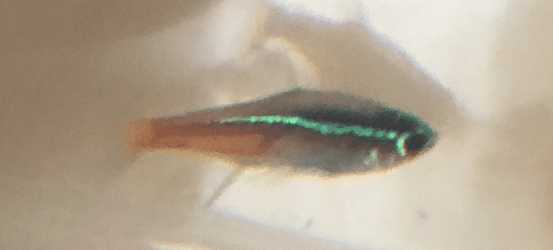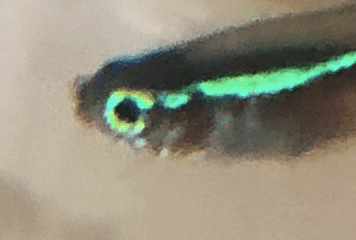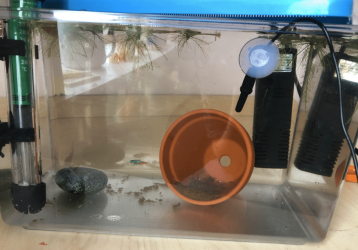Hi all,
I recently rescued 6 neon tetras from a friends neglected tank. I am keeping them in a 10 gallon with my Betta. I realise that this is not an ideal set up in terms of tank size and I know that keeping Betta with other fish is a contentious issue, however, there has been no aggression between the Betta and the tetras and all has been fine with them in terms of compatibility. I am looking to get a bigger tank soon.
This morning I saw that one of my neons has a growth on its mouth. It looks like a fungus but I'm not quite sure at this point. I have a second filter that has been running in the tank so I can use that to set up a temporary isolation tank if needs be. I also have another heater. Would it be advisable to separate the affected fish and treat them separately or treat the whole tank. In terms of a hospital tank my options are quite limited due to space, however I do have a 7litre bucket or a very small tank that can't be more than a couple of litres.
Are there any medications that would help my fish, I'll try to post some photos as soon as I can.
All the fish are eating well and are active.
My water parameters are:
Ammonia: 0ppm
Nitrite: 0ppm
Nitrate: 10ppm
Ph: 7.0
Any suggestions would be greatly appreciated.
I recently rescued 6 neon tetras from a friends neglected tank. I am keeping them in a 10 gallon with my Betta. I realise that this is not an ideal set up in terms of tank size and I know that keeping Betta with other fish is a contentious issue, however, there has been no aggression between the Betta and the tetras and all has been fine with them in terms of compatibility. I am looking to get a bigger tank soon.
This morning I saw that one of my neons has a growth on its mouth. It looks like a fungus but I'm not quite sure at this point. I have a second filter that has been running in the tank so I can use that to set up a temporary isolation tank if needs be. I also have another heater. Would it be advisable to separate the affected fish and treat them separately or treat the whole tank. In terms of a hospital tank my options are quite limited due to space, however I do have a 7litre bucket or a very small tank that can't be more than a couple of litres.
Are there any medications that would help my fish, I'll try to post some photos as soon as I can.
All the fish are eating well and are active.
My water parameters are:
Ammonia: 0ppm
Nitrite: 0ppm
Nitrate: 10ppm
Ph: 7.0
Any suggestions would be greatly appreciated.





